INDIANAPOLIS — Pride comes pouring through the phone.
“A lot of discipline, I must tell you,” Oscar Robertson says of his alma mater, Crispus Attucks High School.
“I heard of some high schools … where they didn’t have those coaches and teachers around, and it was not the same,” he says. “It was kind of special. The teachers really emphasized education. I always tell people, and a lot of them don’t believe me, not one teacher at my high school mentioned anything to me about basketball. All they talked about was me getting an education, going to college.
“Because of the social situation in Indianapolis during those days, the teachers in our school had doctorates. They were so well-educated, it was unbelievable. They couldn’t teach in the White schools. They tried to put all students who went to Crispus Attucks in a situation where they could be self-employed. … Eventually, I know they felt everything would be integrated, so you would be able to go to any school you wanted in Indianapolis, and teachers would be all over the place, and you’d have a little bit better society.”
You shouldn’t put too much import onto the impact of sport in said society. But you shouldn’t dismiss it either.
Among the two or three most important Americans of the 20th century is Jackie Robinson. His integration of Major League Baseball in 1947 was among the major pivot points in American history.
In that vein and tradition, Oscar Robertson, now 85, also stands tall. So many who purport to be experts on the game today, who is great and who is not, fail to mention Robertson when discussing the NBA’s all-time best players and those with the most impact, on and off the court.
“You say Oscar Robertson, you’re defining greatness,” says Wayne Embry, Robertson’s Hall of Fame teammate with the Cincinnati Royals.
For Indianapolis, there will always be the Big O.
GO DEEPER
NBA 75: At No. 12, Oscar Robertson was more than a triple-double legend; he was a visionary leader
Anyone who follows basketball knows the deep and meaningful ties between this city, this state and the game. There is, of course, the story of Milan High School, in 1954, 80 miles southeast, winning an improbable state high school championship for a town of less than 1,000 people, the team immortalized (and renamed Hickory) in the film “Hoosiers.” There is Larry Bird, from French Lick, 100 miles southwest, who put Indiana State’s basketball team on the map in 1978 and ’79 (four-plus decades later, the Sycamores are back) and became one of the NBA’s all-time greats. There is Reggie Miller, who forged a Hall of Fame career here, over 18 seasons with the Pacers. There are George McGinnis and Bobby “Slick” Leonard, and today, Tyrese Haliburton.
But Robertson centered Indianapolis when he led Attucks to back-to-back state titles in 1955 and 1956, making it the first Indianapolis high school to win a state basketball championship and the first all-Black school in the country to win a racially open state title of any kind. Almost seven decades later, as the NBA’s All-Star Weekend returns here for the first time since 1985, Robertson is being honored, again, for his unique role in the city’s sports history.
“Indianapolis was so special to me, and not only to me, but a lot of other people as well,” Robertson said this week. “It’s a great basketball city. They have a lot of tradition and a lot of great athletes. And our school was so successful there. You have those happy things happen to you, and you never forget the place.”
And this should be Robertson’s weekend, also, because most of the touchpoints of the modern NBA have his handprints all over them.
The freedom NBA superstars enjoy, that allowed Kevin Durant to go to the Golden State Warriors and Kawhi Leonard to the LA Clippers, speaking their futures into existence as free agents? Robertson was the lead plaintiff in the 1970 case brought against the league by player representatives to the players’ union that charged the NBA with violating the Sherman Antitrust Act. The resulting settlement between the two sides in 1976, after Robertson had retired, eliminated the reserve clause from player contracts that essentially bound them to their existing team in perpetuity. For the first time, players could play wherever they wanted when their contracts expired.
The ability of LeBron James and so many other players to come straight into the NBA from high school, rather than having to first go to college? That’s also from the Robertson lawsuit, part of a series of reform that have become known, collectively, as the “Oscar Robertson Rule,” adopted four years before Robertson was enshrined into the Naismith Memorial Basketball Hall of Fame in 1980.
“You talk about the Oscar Robertson rule, which I think changed the game of basketball,” he says now. “It’s not because I was involved in it. But I was involved in it. I must tell you, a lot of people, they want to forget it. Don’t think about the basketball player, per se. On the revenues, the owners get 50 percent of the revenues. And don’t think about the players. Yeah, some guy’s going to make $50 million this year, maybe one or two. But the Phoenix Suns sold for $4 billion. What are you talking about?
“Every franchise is worth three-plus billion. The Washington team is worth $3 billion. I mean, my favorite player — LeBron goes from Cleveland to Miami, back to Cleveland and then L.A. Do you think LeBron was the only one involved in that? Don’t you think the ownership of the Miami Heat was involved in that? But when they have it in the press, it’s almost like LeBron is a dog, he’s a traitor. Look at what he’s done for franchises over the years. … Free agency has made guys like movie stars.”
The union itself? Robertson, along with Bill Russell, Elgin Baylor, Jerry West and most of the other superstars of that era, essentially threatened a wildcat strike of the All-Star Game itself, 60 years ago, in 1964, demanding the NBA’s owners officially and formally agree to a pension plan for their players. That All-Star Game was the first that was to be televised nationally, in prime time. Yet as the clock neared tip-off time, Robertson and the other players held firm, not capitulating to threats from owners just outside the players’ locker room, who were threatening dire consequences if the players refused to come out and play. Finally, the owners capitulated.

Jerry West and Oscar Robertson helped the USA, one of the greatest teams of all time, win gold at the ’60 Rome Olympics. (Bettmann)
U.S. dominance in international basketball competition? Robertson, West and Jerry Lucas led the 1960 U.S. men’s team to the Olympic gold medal in Rome, winning their eight games in the tournament by an average of 42.4 points per game, a record that stood for three decades, until the 1992 “Dream Team” of Michael Jordan, Bird and Magic Johnson broke it.
For those who extol individual excellence, there is Robertson’s 1961-62 season with the Royals, in which he averaged a triple-double over 82 games. No one did that again until Russell Westbrook, in Oklahoma City, in 2016-17 — 55 years later. Robertson’s 181 career triple-doubles also were an NBA record until Westbrook, again, exceeded the mark in 2021.
GO DEEPER
NBA 75: Triple-double has evolved from a statistical curiosity to NBA’s gold standard of individual achievement
There is, for those who revere the pioneers who went before them, the National Basketball Retired Players Association, which Robertson co-founded in 1992 with Dave Bing, Dave Cowens, Archie Clark and the late Dave DeBusschere, and which has led the way in getting better pensions and health care for retired players.
“Dave (Bing) went and got Dave DeBusschere; Oscar went and got Dave Cowens,” said Clark, the longtime guard for the Lakers, 76ers and Bullets.
And there is this city, which Robertson put on the basketball map as a phenom at Attucks, where his older brother Bailey had played, taking the tradition of hoops in this state to the next level.
John Wooden, who later became the legendary coach at UCLA, starred as a teenage guard at Martinsville High School, about a half hour southwest of Indy. The “Franklin Wonder Five,” the high school team from the town about 20 miles south of here, won three straight state titles in the early 1920s. There was, also, Short’s Cafe Five, an AAU team of all-Black players that won a sectional AAU tournament in the state in 1941. That team featured George Crowe, the first player to win the state’s coveted “Mr. Basketball” award, in 1939, while playing for Franklin High. Also on that Short’s team, along with several of their cousins, was Ray Crowe, George’s brother, who doubled as the team’s manager.
A decade later, Ray Crowe would be the head coach at Attucks.
Robertson grew up in Lockefield Gardens, a segregated community on the city’s west side. A nearby court with a dirt surface became known in local lore as the “Dust Bowl,” a proving ground for a generation of up-and-coming players.
“It didn’t have all the niceties in the world, but we endured,” Robertson says. “It was a pleasure to play over there at Lockefield, to learn how to play basketball against great basketball players.”
Bailey led Attucks to the state semifinals in 1951. Attucks lost in the ’54 state quarterfinals to Milan, as the tiny school made its run for immortality. The game brought into stark relief the racial animus that had led to the creation of Attucks in the first place, in 1927, putting all of the city’s Black high schoolers into a single segregated school. The state tournament remained segregated into the 1940s; Indy’s public schools didn’t begin integrating until 1949.
Bobby Plump, the diminutive Milan guard who hit the winning shot for his school in the ’54 title game, told Sports Illustrated in 2016, “As we walked from our hotel to get something to eat at a restaurant, cars would stop and yell at us, ‘Beat those n—–s. Get those n—–s out of here.’ It’s hard to talk to people today about how much prejudice there was then.”
But Ray Crowe was building a dynasty at Attucks, with teams that brought high-tempo play to the still-stolid game of the early ’50s. By the time Oscar made the varsity, he was already threatening to exceed his older brother’s exploits. It was a near-perfect marriage of an elite player, a school with high expectations and a special coach with a unique background. Crowe had grown up on a farm outside of Franklin; his was the only Black family in town. Yet Crowe believed racism and prejudice would not define himself or his players.
Behind Robertson’s scintillating play, the ’55 Attucks team lost just once during the season. They played in gyms around the city and state, as the Attucks gym was far too small to hold the growing crowds who wanted to see the Flying Tigers. Sometimes the officiating would be … questionable. Attucks players thought, some nights, it was five against seven. Crowe demanded they ignore it on the court.
“Ray Crowe was the greatest thing they could have hired at Crispus Attucks to coach the players,” Robertson said. “…When they wanted to get a coach at Crispus Attucks, they got Ray Crowe. Because he understood White people. He had been around them all his life. And the guys that I was around, playing at Attucks, hadn’t been around anyone White. When I got older, I thought about this. Not when I was playing. I guess they did this because they thought the players at Crispus Attucks were such ruffians that we were going to tear up stuff and be unruly. We were the greatest group of basketball players I’ve ever been around in my life.
“Ray Crowe had a rule. He had a rule that if you don’t go to class, you don’t play. If you talk back to the referees, you don’t play. If I hear you’re out at parties at night, you don’t play. He didn’t really get mad, but you knew when he was upset with you. And for Oscar Robertson, he let me play. He didn’t put any chains on me. He just let me go out there and play. And, man alive, I thoroughly enjoyed it.”
Robertson’s last-second steal sealed a one-point win over powerhouse Muncie Central, which had been the top-ranked team in the state most of the season, in the playoffs. The Tigers routed Roosevelt, another all-Black school from Gary that featured future NBA star Dick Barnett, in the state finals.
Yet Attucks’ moment of glory was truncated.
Before 1955, teams that won state had parades throughout downtown Indianapolis, culminating in a celebration at Monument Circle, where the Soldiers and Sailors Monument honors Indiana soldiers who served in the Revolutionary War, the War of 1812, the Mexican War, the Civil War, the Frontier Wars and the Spanish-American War. But in ’55, the Attucks parade was stopped short of the circle and shunted back toward the school and the Black neighborhoods where they lived.
After Attucks went 31-0 the following year and won a second straight state championship behind Robertson’s 39 points in the title game, the city again denied them their moment at Monument Circle. (In 2015, the city finally brought the nine surviving Attucks players back to downtown to complete the parade they were denied 60 years before.)
“When you get older, I’ll say this. I’m satisfied with what happened because of the situation during the time,” Robertson says now. “But, I don’t forget. It means hardly anything to me now. When you get older, you think differently about different things. I was upset for a long time.
“You know the reason I was upset? I wasn’t upset that they took us out to Northwest. It was that they felt we were going to tear the town up. They said, ‘They’re going to break our windows and things.’ We were never going to do that. Ray Crowe would have killed us.”
Robertson was, of course, just getting started. At the University of Cincinnati, his teams went 79-9 over his three varsity seasons and made two NCAA Final Fours. He was Rookie of the Year in 1961, set the triple-double standard the following season and led the Royals to the playoffs six times, including his league MVP season of 1963-64.
Like most everyone else in that era, Robertson was stymied by Bill Russell, whose Celtics beat the Royals three times in the postseason. To this day, people with the Royals point to the debilitating injury suffered by Maurice Stokes, the Royals’ young star forward, in 1958, that ended his career. If Stokes had been able to join up with Embry, Jack Twyman and Robertson — who, playing locally at Cincinnati, was destined to go to the Royals under the territorial draft rules the NBA used at the time — they believe their playoff encounters with Boston would have gone differently. Ultimately, Robertson had to go to Milwaukee to team with Kareem Abdul-Jabbar to win his lone NBA championship in 1971.
GO DEEPER
NBA 75: Maurice Stokes, the NBA’s first Black superstar, was the rallying cry for the players’ labor movement
Still, Robertson’s talent, intelligence, size and toughness nonetheless made him a point guard like none who had come before him. He bludgeoned smaller guards with post-ups; he blew past bigger guards whom opponents used to try and negate his 6-foot-5 frame. He led the league in assists seven times; his 9,887 career assists are still eighth in league history.
“He had exceptional quickness,” Embry said. “He was extremely intelligent. You hear people talk about basketball IQ, and Oscar was at the very top there. He knew we were open, often times, before we did. He had great vision. His ability to pass was amazing. He’d get the ball to you, and you better go get it. He’d come off the pick-and-roll and say, ‘You better go get it, big fella.’ And you better make it.”
It’s been a long time since Robertson’s mother, Mazell, gave him a real basketball to practice and play with as a kid. A long time since a police officer, James (Bruiser) Gaines, kept the peace for Robertson’s Police Athletic League teams. A long time since Attucks.
But this weekend is for all of those memories to come back to life, and for Oscar Robertson and the town he centered on the basketball map all those years ago to again take their place of honor in the game’s history.
“There’s just so much going through my head, where I used to live, and who I grew up with, and all the guys — a lot of them are dead now,” he says.
“And, what the city has meant to me. Even though we were sequestered on the west side of town. We didn’t go downtown. We didn’t mingle with White people at all. But some of the White guys that played on these teams are some of my best friends. When I went to the Olympics, I thought that was the greatest sports spectacle in the world. It brought people together. Sports are like that. Sports brings people together, and they laugh and they root for their teams. Indianapolis was a tremendous sports town. I thank Indianapolis, and I’m proud to say I was part of it, to help integrate the city and the city’s schools.
“I think a lot about being a little boy growing up, what that meant. You think about your life sometimes.”
(Top photo of Oscar Robertson: Jason Miller / Getty Images)












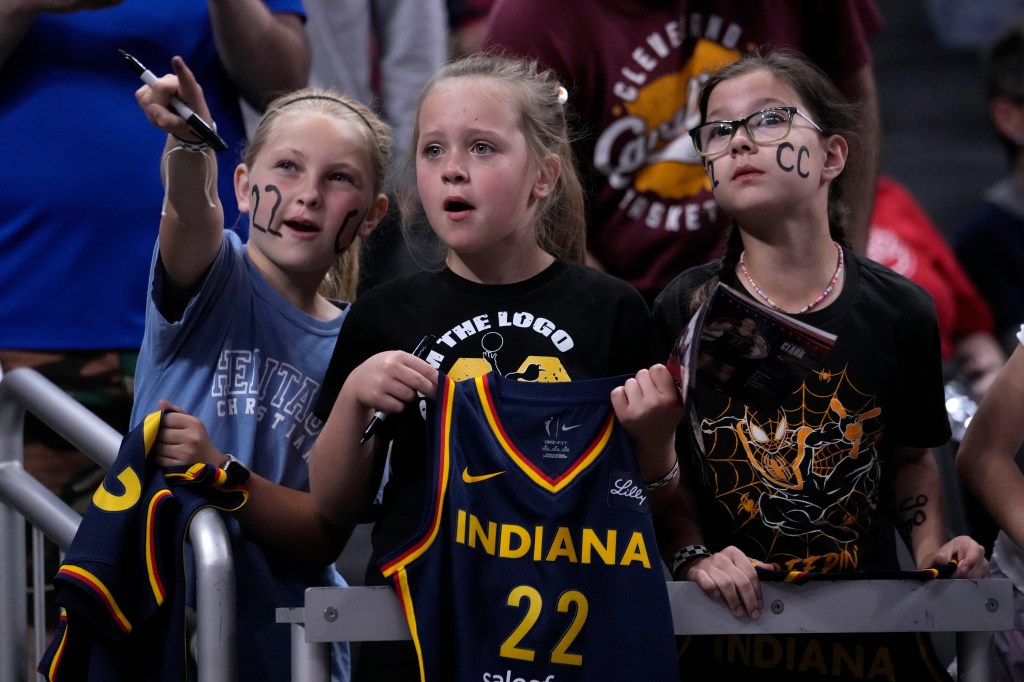


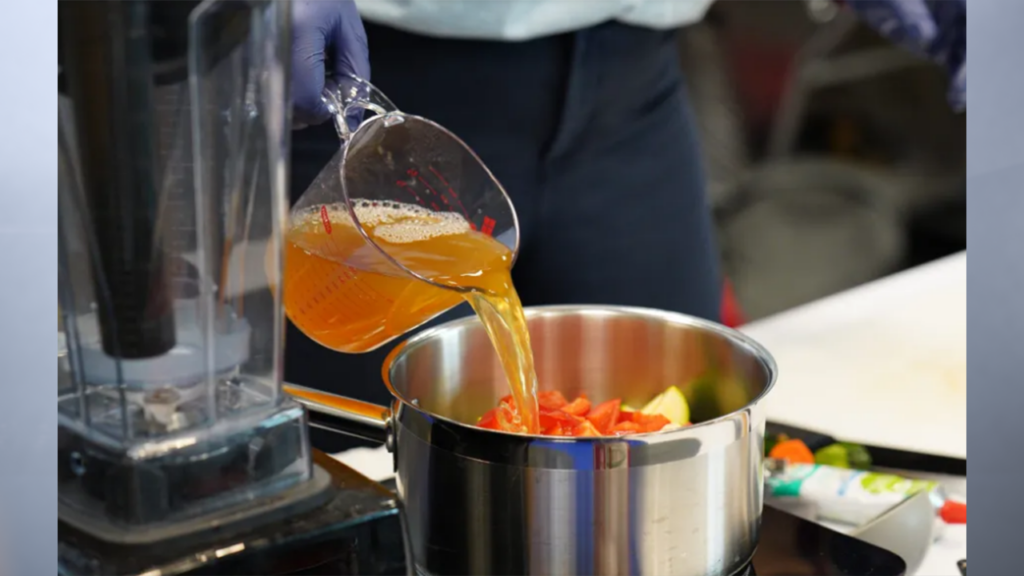
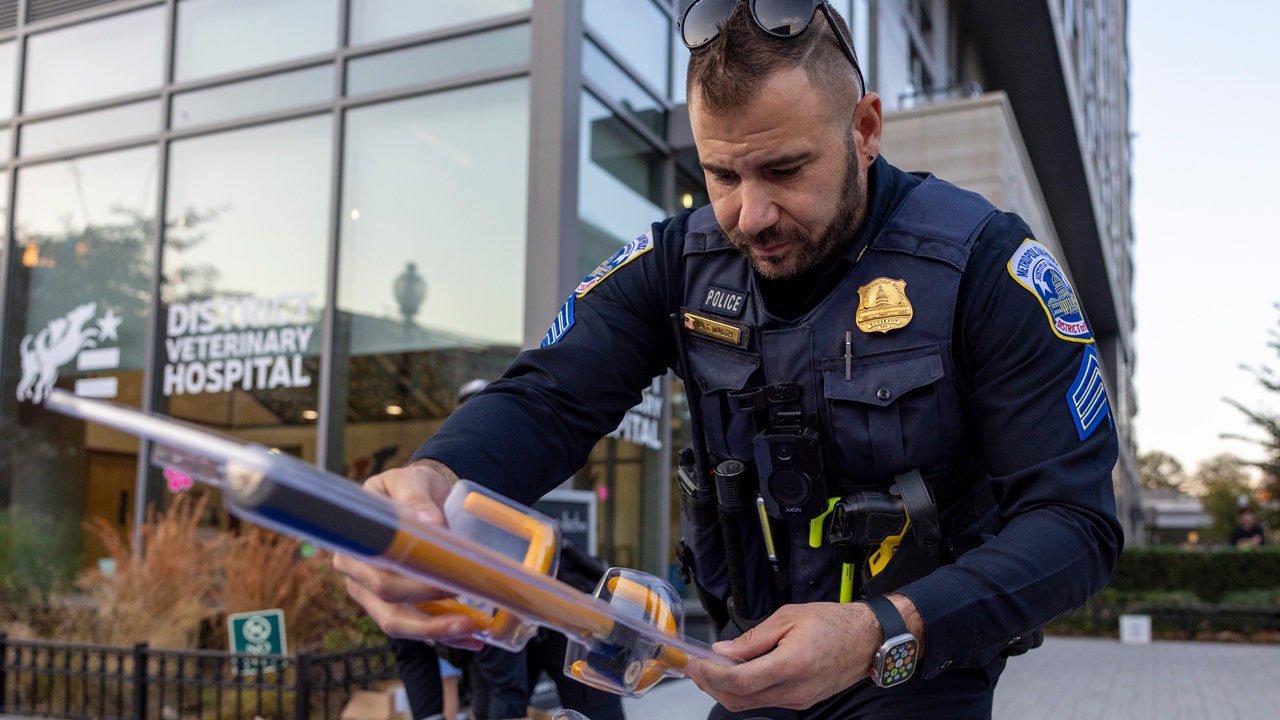

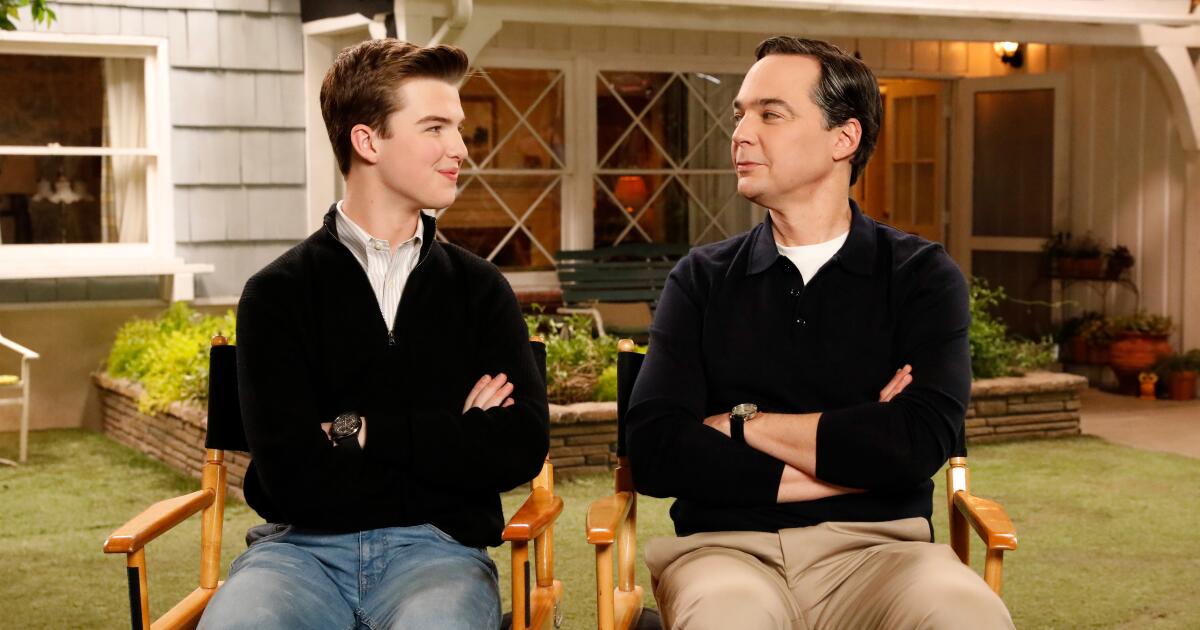
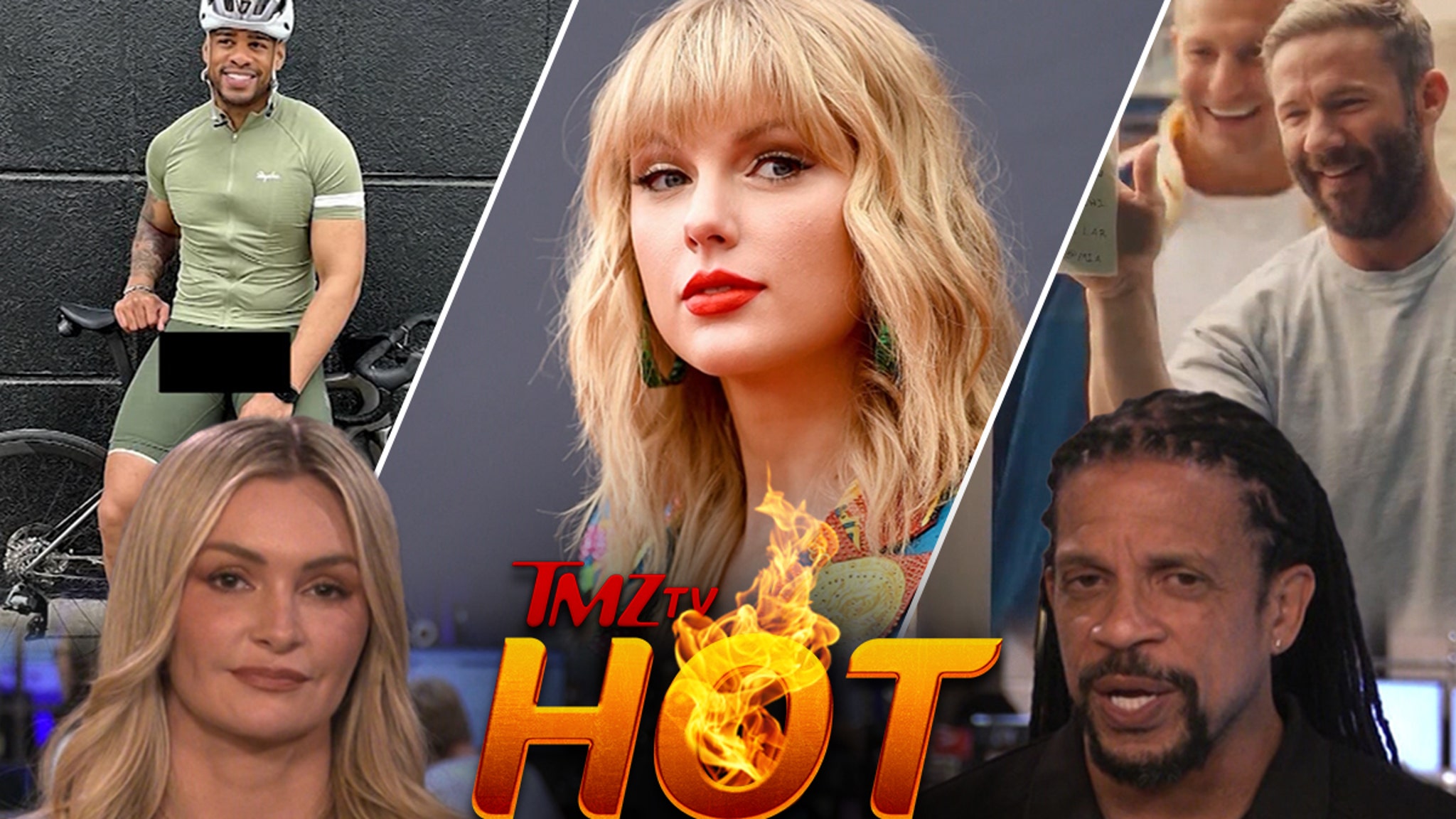
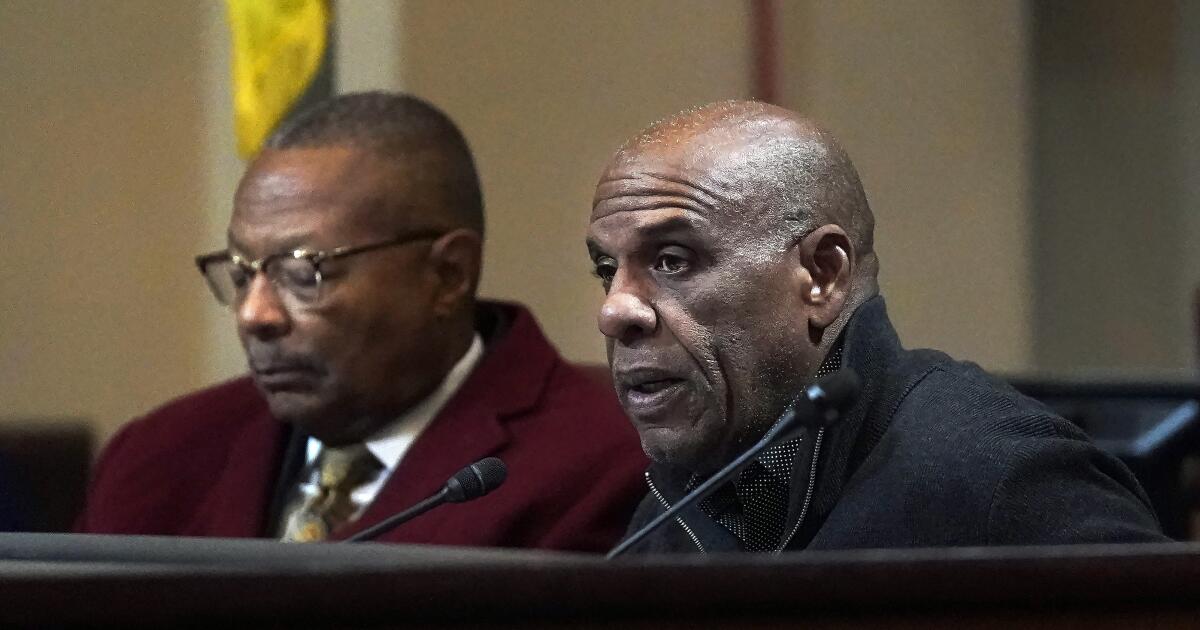


















Invalid username/password.
Please check your email to confirm and complete your registration.
Use the form below to reset your password. When you’ve submitted your account email, we will send an email with a reset code.